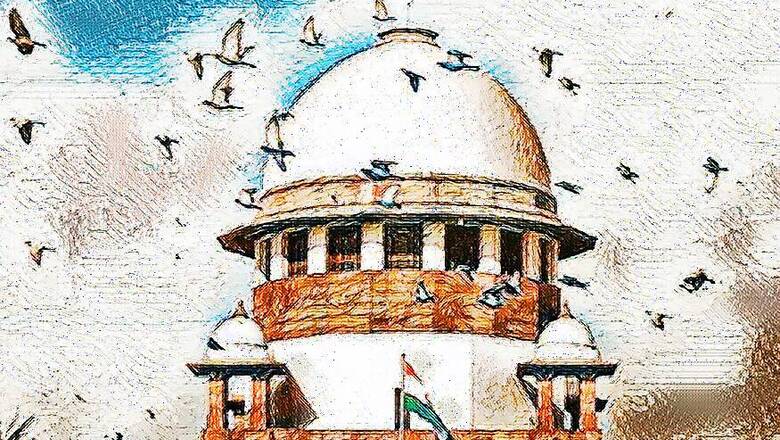
views
New Delhi: As thousands sit on top of an active volcano, an underground coal fire burning for more than 100 years in Jharia in Jharkhand’s Dhanbad district has finally drawn the attention of the Supreme Court.
Prioritising the case pending before it since 1997, the apex court has taken it upon itself to monitor rescue and rehabilitation of the residents affected by the fatal blaze burning uninhibitedly for over a century.
A bench headed by Chief Justice of India Ranjan Gogoi has fast-tracked the hearing of the PIL on Jharia Coalfield’s underground fire, which has engulfed hundreds of lives and continues to put at stake health and lives of thousands others.
The court recently noted that nothing substantial had happened in the matter since 2009, while calling for the latest status report from the Director General of Mines Safety, Dhanbad, so as to understand how to proceed further.
It directed the central government to submit its affidavit to demonstrate steps taken by them in terms of their action plan, to control the fire as well as rehabilitation of the residents there.
In its latest hearing on July 9, the bench, most significantly has pointed at two aspects. “First priority should be accorded to the rehabilitation of affected families or families likely to be affected by the ongoing underground fires and subsidence,” said the court.
And second, the court noted that although there were plethora of papers on record, “net result with regard to the ground realities are conspicuously absent or lacking in clarity”.
Thus, the bench decided to get a non-partisan, objective picture of the ground realities in the coalfield and requested amicus curiae advocate Gaurav Agrawal to visit the sites in Jharkhand. The court maintained that the amicus should be able to get a first-hand knowledge of the position on ground.
Agrawal readily agreed to visit the spots and prepare a report to enable the court issue further orders.
The bench added: "While the learned amicus curiae will be free to examine all relevant aspects of the matter, he is requested to primarily concentrate on the number of families that are affected/are likely to be affected and the total number of persons who require rehabilitation."
This report by the amicus has to be in respect of the areas covered by both Bharat Coking Coal Limited (BCCL) and Eastern Coalfields Ltd (ECL).
“Once the aforesaid figures are known and ascertained, the next task will be to ascertain the number of dwelling units that have been constructed. Thereafter, the balance requirement of houses and availability of land will be assessed. Thereafter, the availability of finance and the approximate quantum thereof will also be assessed and laid before the Court," stated the order.
Agrawal has been requested to submit his report within four weeks while the court directed all concerned in the Government of India, the Director General of Mines, the BCCL, the ECL, the States of West Bengal and Jharkhand, as well as the Jharia Rehabilitation and Development Authority, Asansole Durgapur Development Authority, to offer all assistance to enable him complete the task in a satisfactory manner.
The first fire in Jharia coalfield was reported in 1916. What caused it however remains unknown. Jharia continues to be a source of high quality coal in India, thereby supporting the iron and steel industry.



















Comments
0 comment